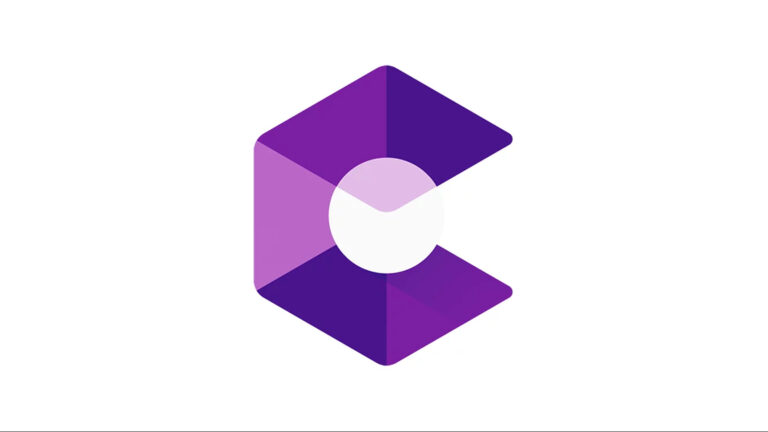
At Google I/O last month, the search giant pushed the ball forward in its AR efforts. Though it has stepped away from AR hardware by sunsetting Google Glass EE, it’s intent on AR efforts that tap into what it does best: software. This includes its geospatial API among other things.
But buried in all that was a notable nugget that perked our ears: ARCore is now compatible with 1.4 billion devices globally. As quick background for those unfamiliar, ARCore is Google’s AR developer platform — the counterpart to Apple’s ARKit — as well as its consumer-facing vessel.
Launched in 2017, Google’s ARCore has been relatively quiet. “Relatively” is the key term, as ARCore-related efforts like AR shopping, visual search, and geospatial AR progress. But along with ARkit, ARCore has lost developer mindshare to cross-device AR tools like Lens Studio.
It’s now evident that ARCore’s low profile — at least from a marketing and visibility standpoint — doesn’t reflect its growth. To be clear, 1.4 billion doesn’t represent active AR users, but the addressable market of Android devices that are AR compatible. This catches up to ARKit’s reach.
By the Numbers
Digging deeper, how do these figures compare with other mobile AR platforms? Again, we have Lens Studio, as well as Meta Spark, and the more recent TikTok Effect House. And looming over all these platforms is the sleeping giant, web AR, which is cross-platform (read: scale).
Wrapping some numbers around that claim, our research arm ARtillery Intelligence pegs web AR compatibility to be 3.2 billion devices. This is largely thanks to the efforts of innovators like Niantic’s 8th Wall to make AR work on commodity hardware. It’s achieving quality and quantity.
Elsewhere in that competitive field, Meta Spark is estimated to have 2.86 billion AR-compatible smartphones, followed by ARkit (1.41 billion), ARCore (1.4 billion), TikTok (1.15 billion), and Snap (750 million). Visual search (e.g., Google Lens) operates on 3.08 billion devices.
But more important than AR compatibility (a.k.a., installed base) is active use. There, the estimate is 1.06 billion by the end of this year, projected to grow to 1.51 billion by 2027. These figures count AR users who engage monthly or more and are de-duplicated, given several platforms.
Hardware is Hard
Back to Google’s ebbs and flows in its XR programs, we’re starting to see a trend. It has retreated from several hardware programs (Google Glass EE, Daydream View) while doubling down on AR software (ARCore, Swirl, Lens, Geospatial API). As they say, hardware is hard.
In fact, sometimes Google’s hardware retreats are paired with software expansions. Around the time it retired Google Glass EE, it announced an alliance with Samsung to operate its return to XR hardware. Qualcomm’s chips will power those efforts… so everyone plays to their strengths.
Backing up, the appeal of hardware in the first place is to achieve vertical integration. AR requires finely tuned sensor fusion which benefits from owning the full stack, a la Meta (and Apple). But for Google, hardware veers outside of its software lane… and in expensive ways.
Google may return to the advantages of vertical integration someday. But for now, it’s intent on software, with ARCore as a key puzzle piece. Just like it planted itself at the center of the smartphone ecosystem 15 years ago with Android, ARCore does similar in the AR microcosm.

